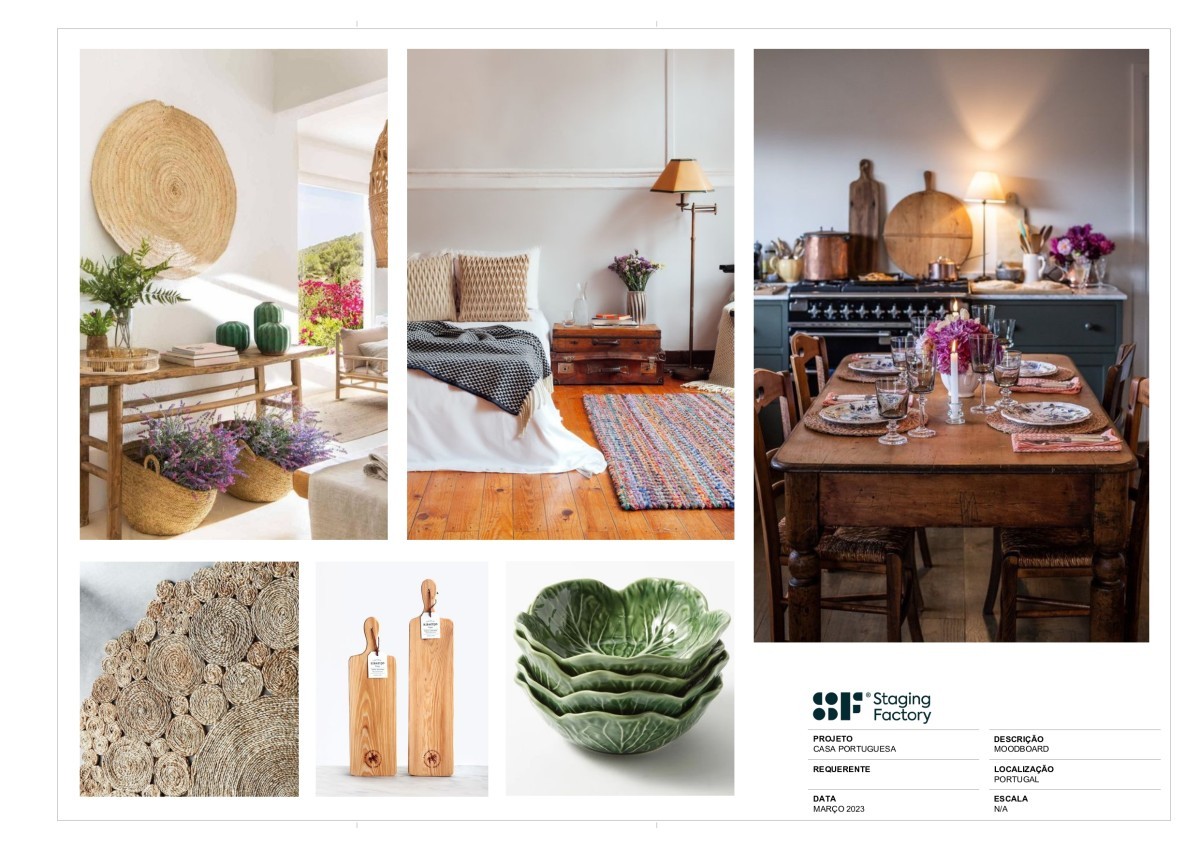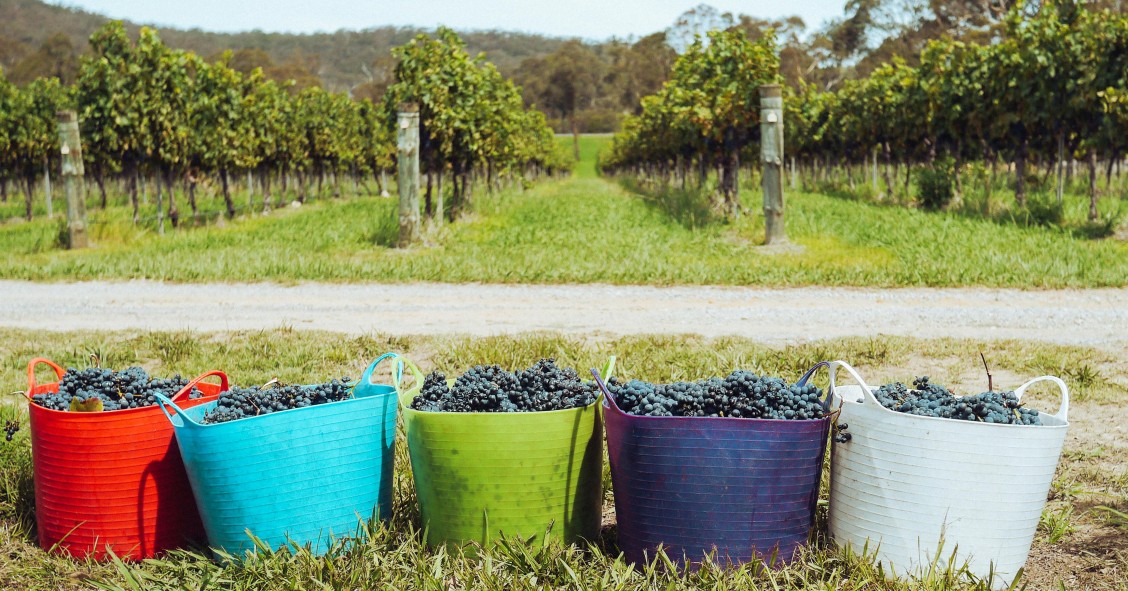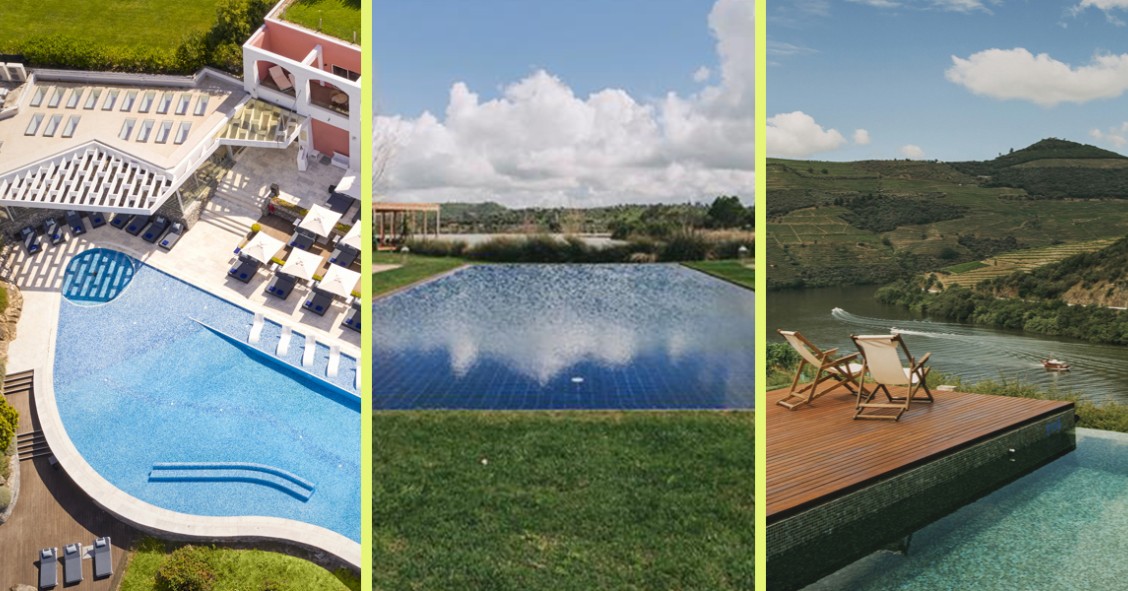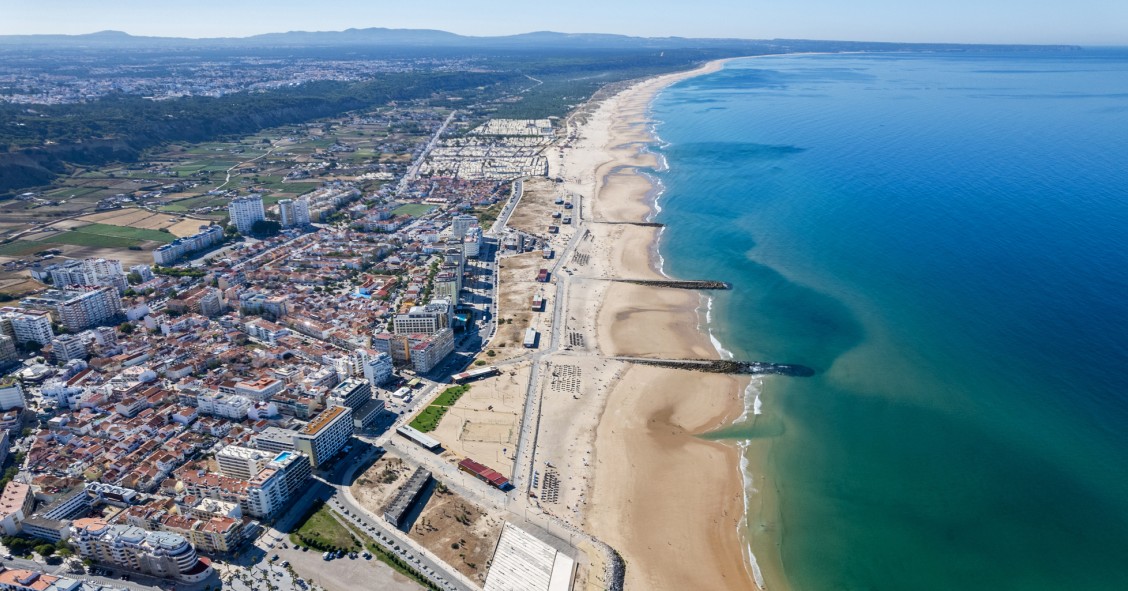
There is no simple way to characterise the Portuguese people, meaning that understanding how this vast cultural heritage is materialised in a decoration style is not an easy task. After all, what does a Portuguese house have to have? And what is Portuguese interior design. In this article written for idealista/news, Catarina Diniz, a specialist in Home Staging, presents several tips for decorating spaces in the purest Portuguese style.
There are simple tasks such as identifying symbols, objects and traditions belonging to the Portuguese decorative arts. However, tourist icons like the "fantastic world of sardines" or the "Yellow Tram 28" that invade local accommodation in no way translate the soul of a Portuguese home. The Portuguese decorative style is vast, but what we intend to do is reflect the way of living of the Portuguese and how we express it between doors. The strategy involves reviving the collective memory and remembering the vast decorative heritage made up of patterns, materials and objects that immediately transport us to a Portuguese home, according to Staging Factory.

Portuguese homes change depending on the climate and the nature of the area and the soil:
- In the south properties tend to only have one floor, are whitewashed and decorated with blue, ochre or red tones on the skirting boards of the house and window frames.
- To the north, like the climate, things are rougher and stonier, in granite or schist.
However, there are common traits: the soul of the house is almost always in the kitchen. On the walls, white as lime, there is often a saint that protects the household; on the sideboard there is fruit of any season. Finally, the elegant Vista Alegre invites us to sit down. As we stretch out, we notice the iconic Portuguese rooster that tells the time.
Outside, a chair invites us to sunbathe and greet passers-by. Vases adorn the windows and trellises adorned with climbing vines such as wisteria, bougainvillea and vines frame the views.
Typical Portuguese decoration is lively and cheerful. There are rugs and blankets with colourful embroidery; textiles and porcelain with all kinds of rare birds, flowers, fruit, human figures or cornucopias; wood and natural fibres; tiles and cork. A fertile combination of colours, patterns and textures that reflects the cultural heritage of the country. Aesthetically, it translates into inviting environments that reflect the blend of Mediterranean, African and Arab influences. The Portuguese style, known for its striking features and is full of inspiration.

Things that can't be missing if you want to decorate your home in true Portuguese style:
- Azulejos: For over five centuries, the tile has been a fundamental element in national artistic expression, with Portugal being the "Tile Capital of the World". Iconic Portuguese tiles are a historical legacy and help create striking patterns that have won over decorators around the world.
- Cork: Portugal is one of the largest exporters of cork in the world, a product that, in recent years, has come to inhabit almost every room in Portuguese homes, whether in coverings, thermal insulation or in the composition of furniture pieces, handicrafts or decorative accessories.
- Textiles: Portuguese textiles are known for their high quality, diversity and richness. Only through textiles we could make a journey through the cultural diversity of the country. The Arraiolos carpets, the Alentejo blankets, the Serra da Estrela Burel, the Alcobaça chita (traditional Portuguese cotton fabric); crochet blankets, the Viana embroidery or the bobbin lace exemplify the richness of colours and patterns inspired by the country's history.
- Ceramics: From the Saramenha ceramics (top examples being the clay pots and chorizo roasters), to the black clay of Bisalhães to the Alentejo and Algarve pottery that adorns the typical chimneys of the region.
- Porcelain: Vista Alegre is one of Portugal's ambassador brands. Traditionally, Portuguese porcelain features micro designs inspired by nature. Flowers, birds, branches and foliage are common themes and imprint elegance and a classic romanticism to environments.
- Furniture: Furniture is typically made of dark woods such as mahogany, walnut and cherry and features carvings and details. Famous are the Alentejo chairs; the "heart" chair, "rabo-de-bacalhau", Gonçalo or the "Caravela" example of one of the pieces of the legendary brand Olaio.
- Lighting: Light fittings are often made of metal, such as brass or wrought iron; of wicker or straw; of ceramics or of glass such as the one from Marinha Grande.
- Finally, we could not fail to highlight the official symbol of Portugal: the Barcelos Cockerel, immortalised after António Salazar chose it to represent Portugal's folklore at international tourist fairs. There is no doubt that where there is a Barcelos cockerel there is certainly a Portuguese soul.

It is important to remember that although rich and diverse, the Portuguese style should be welcoming and elegant, so it cannot be overdone and a balance should be maintained between the elements. The focus is to create a light and fluid environment flooded with natural light.
I would also add that there is a new generation of designers who have invested in simple, straightforward environments that reflect the other side of being Portuguese: humility, simplicity and functionality. With a very Alentejo soul, this minimalist style is reflected in architecture and in elegant, refined furniture pieces that have won over fans the world over.









